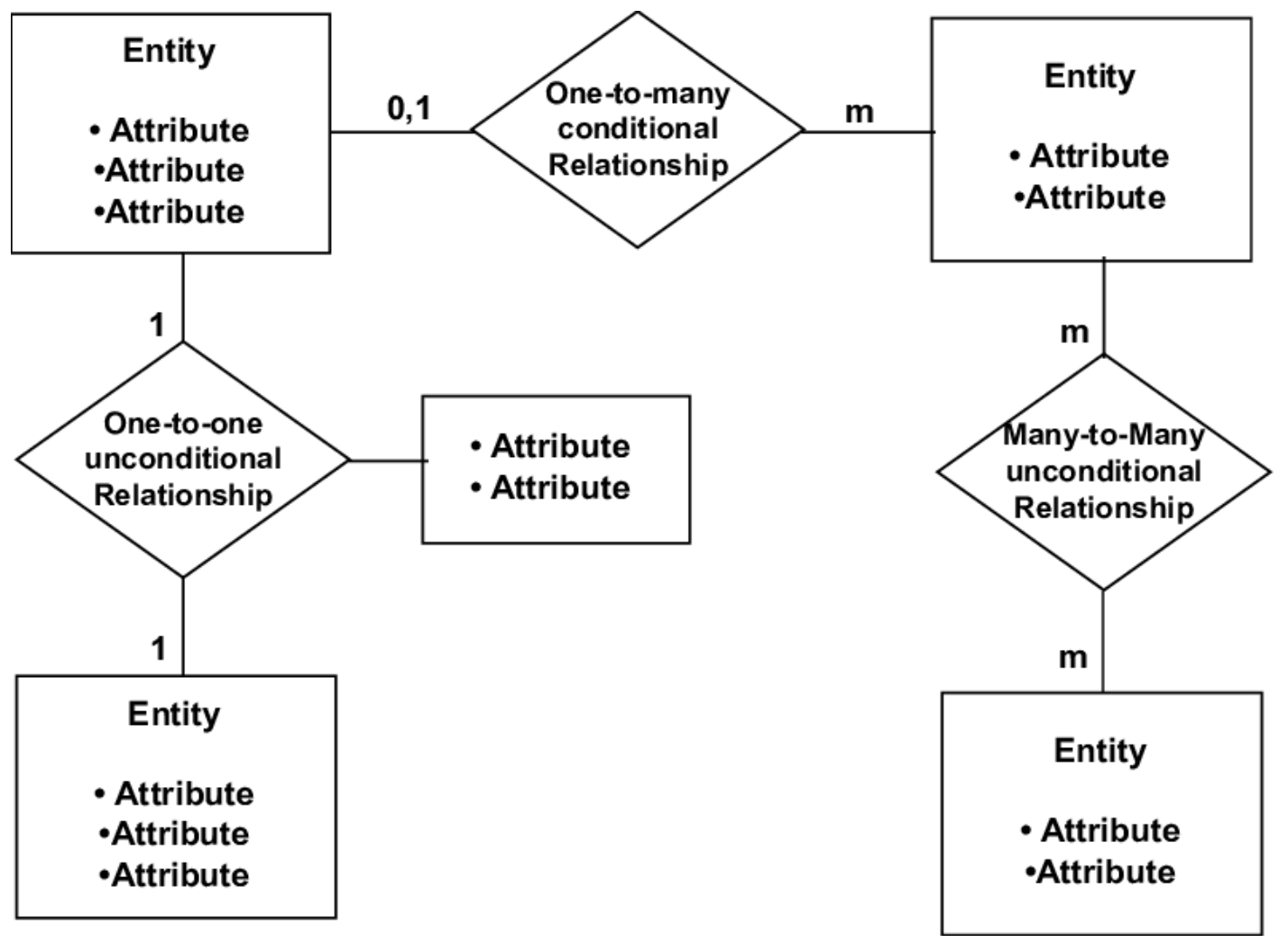

Some different types of architecture diagrams System Architecture DiagramĪ system architecture diagram will focus on the structure of the system to be created, along with the technologies used, external services, user requirements and components such as databases and servers. You can also use colors to differentiate areas or types of element, as long as you use color consistently and for a particular purpose – and don’t go overboard with your palette. You can use solid, dotted, or dashed borders to represent properties of the element depicted.


The same goes for the borders of the shapes. You can use arrows to specify the direction of the flow of data, but not every architecture diagram needs that level of detail. The shapes represent concepts, systems, processes, or entities, while the lines show the flow of data or relationship between them.
#KINDS OF DIAGRAM HOW TO#
How to draw an architectural diagramĪrchitectural diagrams consist of shapes and lines. Make your own architecture diagram with Gleek. Most importantly, an architecture diagram should help the project to meet the needs of all the stakeholders, which is why it’s important that it can be understood by everyone involved. Starting the project with an architecture diagram serves as a guide to development and helps all the stakeholders contribute, regardless of their level of technical expertise. It does not explore the minute details of how to build something, but rather what is to be built. They are high-level diagrams that aim to represent the big picture and make it clearly understandable.Īn architecture diagram is not really intended to be a design document. An architecture diagram will show the concepts involved in the architecture, including key principles, elements, and components. Architecture (or architectural – both are used) diagrams are primarily about making it easier to communicate and collaborate with all stakeholders in a project.


 0 kommentar(er)
0 kommentar(er)
